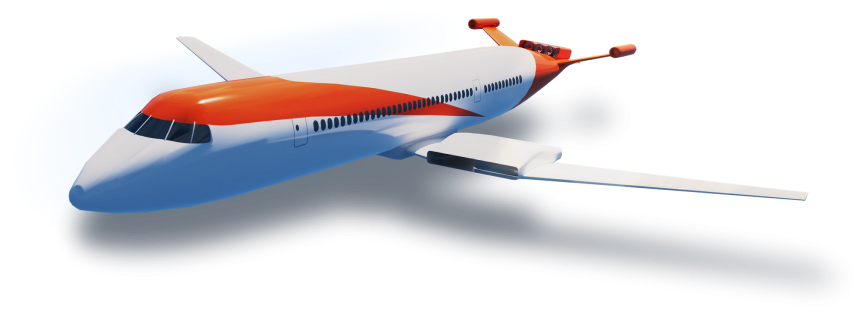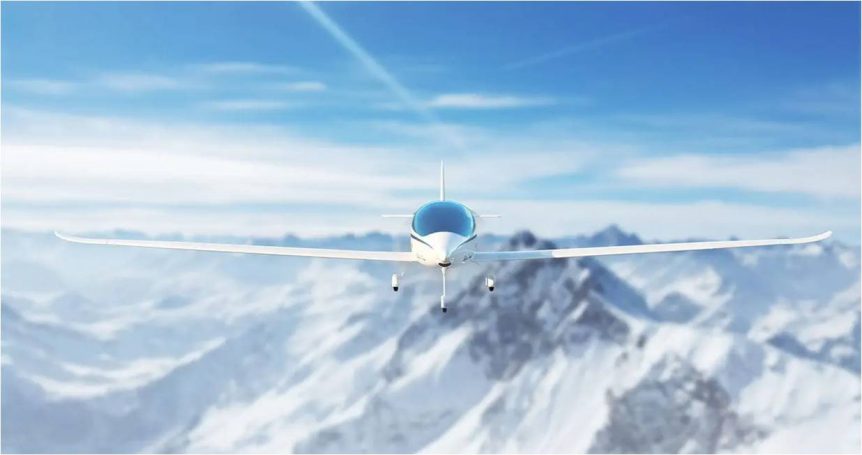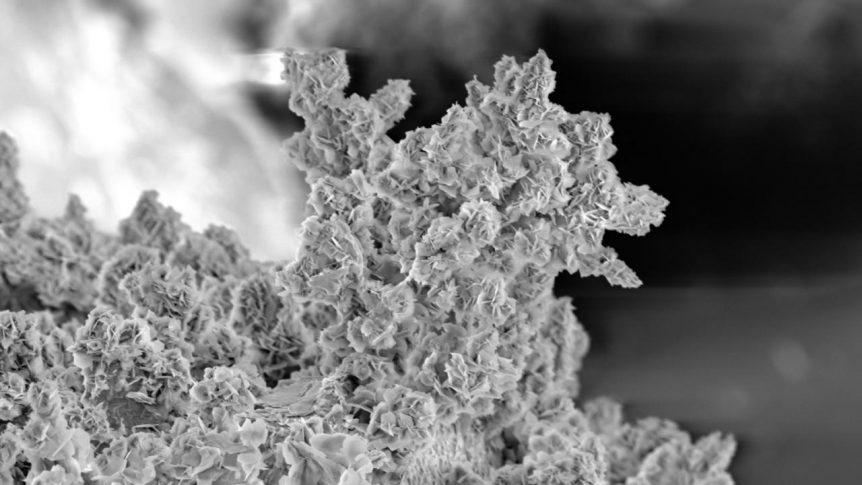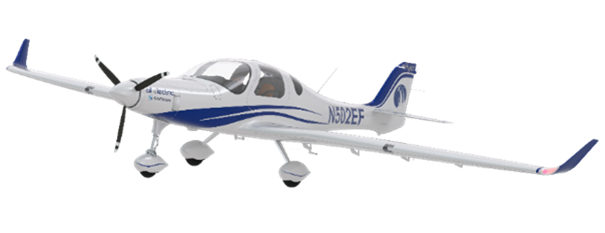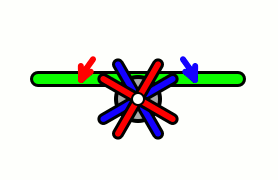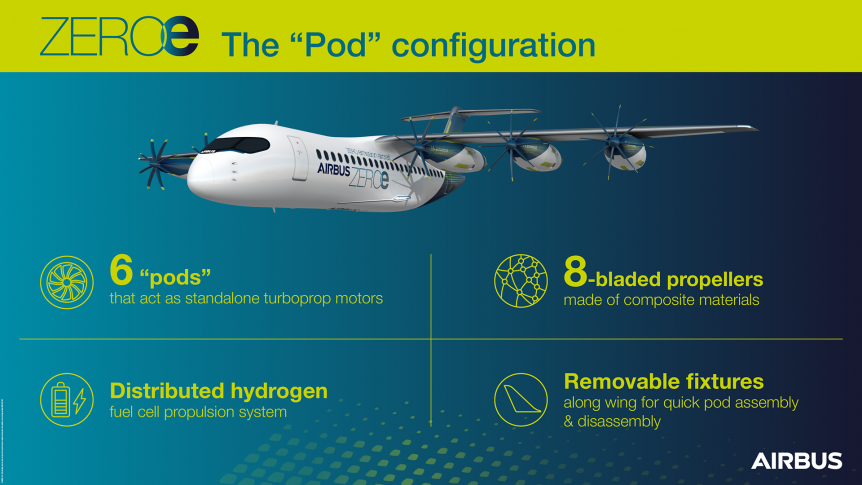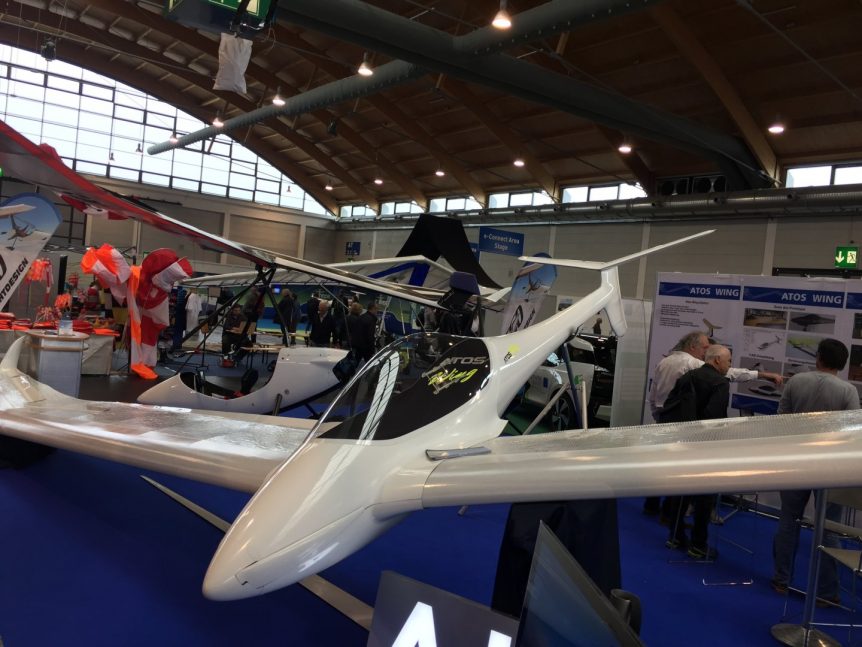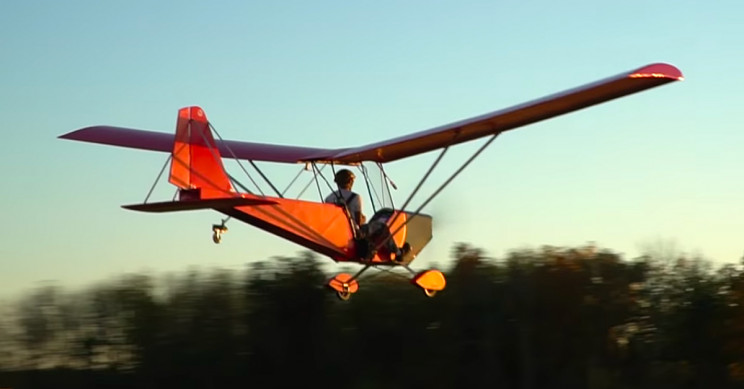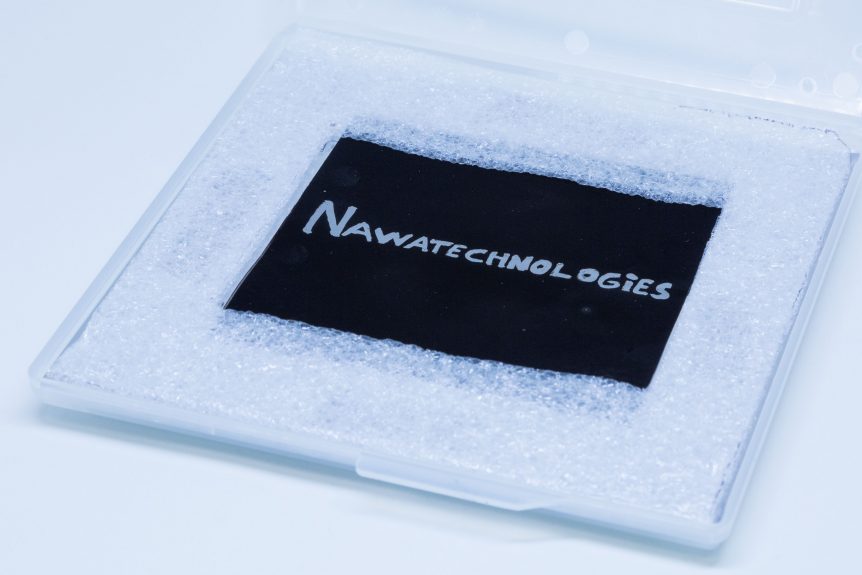Twelve years ago, your editor gave his first talk at an electric aircraft symposium. Dr. Brien Seeley asked that he include all motors up to 100 kilowatts in his talk – at that time a rarity. Designers often had to “gang” small motors to drive a single propeller to obtain the necessary power. Now, Wright Electric has announced its plans to develop motors (and associated equipment) in the 500 kilowatt to 20 megawatt range. Motors of those sizes are still under development, but Wright claims to have tested and demonstrated “a megawatt-class, high performance inverter,” according to Green Car Congress. Jeff Engler is getting recognized for his vision. Here he give his virtual elevator speech at the Davos, World Economic Forum. His positive and yet measured approach seems to gain acceptance for that vision. Demonstrated Performance? Aiming for some audacious levels of performance, Wright’s inverter could hit these metrics: “99.5% efficiency –a 6x improvement in heat loss over current in-production …
Elektra Trainer – Flight Training for the New Age
A Decade of Development A modified version of Elektra One, flying since 2011 and certified in the German ultralight class, Calin Gologan’s Elektra Trainer could provide affordable flight training with lower operating costs. Calin displayed Elektra One at the 2012 AirVenture show in Oshkosh, Wisconsin, flying daily on the power of its solar-charged batteries. The company details its background. ” Elektra Solar GmbH is a spin-off from the German Aerospace Center (DLR), Institute for Robotics and Mechatronics. The roots of the company go back to 2011. This year PC-Aero GmbH was founded in 2011 by Calin Gologan. Elektra One electric aircraft was the first product flying in March 2011. “In the same year, we [received] the Lindbergh Prize for Electric Aircraft Vision. Elektra UAS GmbH was founded in 2012 for unmanned systems and application. Both companies merged in 2016 under the new name Elektra Solar GmbH. “In 2015 we flew with the Elektra One Solar for the first time over …
Defeating Dendrites – Going with the Flow
One thing stalling battery development, dendrites, may have met their match if University of California at Davis researchers have their way. Jiandi Wan’s research group allowed ions to flow through a microfluidic channel near a battery’s cathode to prevent dendrite growth. According the group’s paper, this, “…can potentially expand the safety and lifespans of these next-generation rechargeable batteries.” Their research may lead to safe lithium metal batteries, promising higher power and energy densities, but also struggling with safety issues. Lithium metal batteries might potentially produce twice the energy of lithium-ion batteries, but have greater risks because of the growth of tree-like dendrites on the cathode. An article in PV Buzz explains, “When they charge, some ions are reduced to lithium metal at the cathode surface and form irregular, tree-like microstructures known as dendrites, which can eventually cause a short circuit or even an explosion.” Associate professor Jiandi Wan’s paper in Science Advances explains the problem and the fix. His Department …
Work Begins on Production eFlyer 2
For the last year or so, Bye Aerospace has grown a burgeoning order book, with over 700 aircraft on call, but only one or two real-world examples flying. That’s changing now, with a new motor from Safran and Composites Universal Group (CUG) assembling an actual production eFlyer 2 fuselage. Parts of the video may seem like comparing apples and bananas, or even cumquats, with aircraft of different missions and levels of development (the Airbus eFan having left the building years ago), but several points of interest remain. Where are 92 kilowatt-hours of battery hiding in the 662 kilogram – 1,459 pound airframe (empty weight)? That’s equivalent to the energy of an early Tesla S and probably a significant chunk of the total aircraft weight. A New Motor Bye has been busy formulating the design of is two- and four-seat aircraft, dropping its original plan to bedeck its wings with solar panels, and running though a gamut of available power plants. …
To the Contrary, Propeller-Wise
Sacramento, California based CR Flight is dedicated to building highly-efficient motor/propeller combinations based on contra-rotation – propellers turning contrary to one another. Not to be confused with counter-rotation – two propellers driven by two different engines and turning in opposite directions – contra-rotating propellers are driven in tandem by the same engine. In the case of CR Flight, they are driven by the same electric motor. Their web site shows a simple animation of the result. An instructive video provides details about the benefits and drawbacks of the concept. The firm’s mission statement gives a hint of its character. “CR Flight™ partners with established industry leaders to design, patent, license, manufacture and provide the industry’s only patented counter-rotating motors to UAV/drone commercial and consumer manufacturers and wholesale distributors. When you see the CR Flight™ name, know that the CR motor™ is manufactured under tight scrutiny for the highest quality.” Their web site shows their three current offerings, the V-10, …
Airbus Goes Modular with Hydrogen Pods
Airbus announced its Zero E program in late September, showing three possible candidates for hybrid hydrogen power. Zero E, for zero emissions, is a tall order even for one of the world’s two largest aircraft companies. Now, the company makes yet another announcement – for a novel modular “pod” configuration – “a stand-alone propeller propulsion system powered by hydrogen fuel cells. It consists of the following elements:” A propeller Electric motors Fuel cells Power electronics LH2 tank A cooling system A set of auxiliary equipment Instead of housing the hydrogen fuel in the fuselage, Airbus creates a more spacious cabin by moving fuel storage to each pod. Each pod would be identical and modular. Components could be removed and replaced quickly, and if necessary, the entire pod could be removed for maintenance. One startling possibility, that of dropping a pod if it caught on fire, would probably not be well received in areas of dry forests or brushland. Liquid hydrogen …
Something to Lighten the Post-Holiday Letdown
Even following Boxing Day, we have a few items to re-gift to our faithful readers, and close out the season with four very light examples of electric aviation. A-I-R ATOS Felix Ruhle has been improving and refining a basic wing design for over a decade, growing a line of aircraft that range from simple hang-gliders to fairly sleek, self-launching, electrically-powered ultralight sailplanes. The A-I-R factory/showroom in Halblech, Germany, one of 18 dealerships around the world, fronts a lush green meadow and houses a plethora of ATOS wings. The ATOS wing, coming in a range of sizes, can be attached to seemingly anything from a simple jump-off-the-nearest cliff hang-gliding rig to refined, electrically-powered ultralight sailplanes. Under development for the last few years, the ultralight sailplane merits even A-I-R’s enthusiastic approval. “The newest development of A.I.R. is revolutionary! The foldable electric powered. nearly noiseless ultralight-aircraft is based on the proven Atos hang-gliding wings! With 3-axes-steering, real elevator, retractable landing gear and propeller, …
Beam Me Up: Flying on Sunshine™
We recently reported on two electrically-powered cross-country flights for which the big issue was lack of battery-charging facilities at airports along the way. Both “teams” had their chargers carried by an accompanying airplane or automobile. Now, with a public demonstration a Beam Global charger at Reedley Municipal Airport in Fresno County, California, we see a no-fuss way to bring EV charging to aviation – even in remote locations. Beam Global premises its installations on a foursome of negatives: No permitting, no construction, no electrical work, and no utility bill. Installation, if one believes Beam’s video, is almost a non-event. Beam, formerly Envision Solar, produces pre-fabricated EV ARC solar-powered charging stations. Like a vacation camper, the ARCs can be towed right onto a level piece of property and dropped off. The units are self-contained and can produce electricity from the sheltering overhead solar panels. A driver or pilot can park on or next to the metal platform and charge their electric …
Peter Sripol’s Mk. IV is Paramotor Powered
Peter Sripol creates interesting ultralight aircraft, among other, sometimes scary projects. His latest is pulled along by a paramotor motor. Because of the small aircraft’s low and slow performance, the low-power (and very low noise) motor seems more than sufficient to the task. His fourth design, the Mk IV has no ailerons, much like an earlier ultralight, the Skypup. After initial tests showed shortcomings with the Mk. IV, quickly modified wings allowed Peter to return to the air quickly. As he explains, there won’t be plans for this airplane because it has too many not as yet time-tested innovations. The hot-wire-cut foam structure and vinyl wrapped wings are an unknown in terms of longevity, so it’s probably best to let Peter make his determination on that. Note the machine seems to be remarkably quiet, the OpenPPG motor drowned out by propeller noise. (That’s also low because of the e-Prop’s design.)* When Peter is able to shout down to his father …
NAWA’s Straight Line Electrode to More Power
Most battery breakthroughs are five years in the future, following the basic rules of scientific journals and Popular Science magazine. The usual refrains are, “Further research is required,” and “Researchers expect commercial development within the next decade.” Rather than wait for the future, NAWA Technologies claims the world’s fastest electrode today and production now. NAWA’a brochure explains their Vertically Aligned Carbon NanoTube (VACNT) architecture is “key to its next-generation energy storage.” Think of a forest of carbon nanotubes through which current can flow. In the jumble of usual battery materials, an ion would have to clamber over boulder-like obstructions and possibly get hung up in the random intersections of conductive material. The VACNT architecture allows ionic flow as though they are cruising down a well-maintained interstate freeway. Constructed from carbon and graphene, VACNTs hold the promise of a “quantum leap” in battery performance. NAWATechnologies foresees “revolutionary improvements in power, energy, lifecycle and charging time.” Their Ultra Fast Carbon Electrode contributes …

